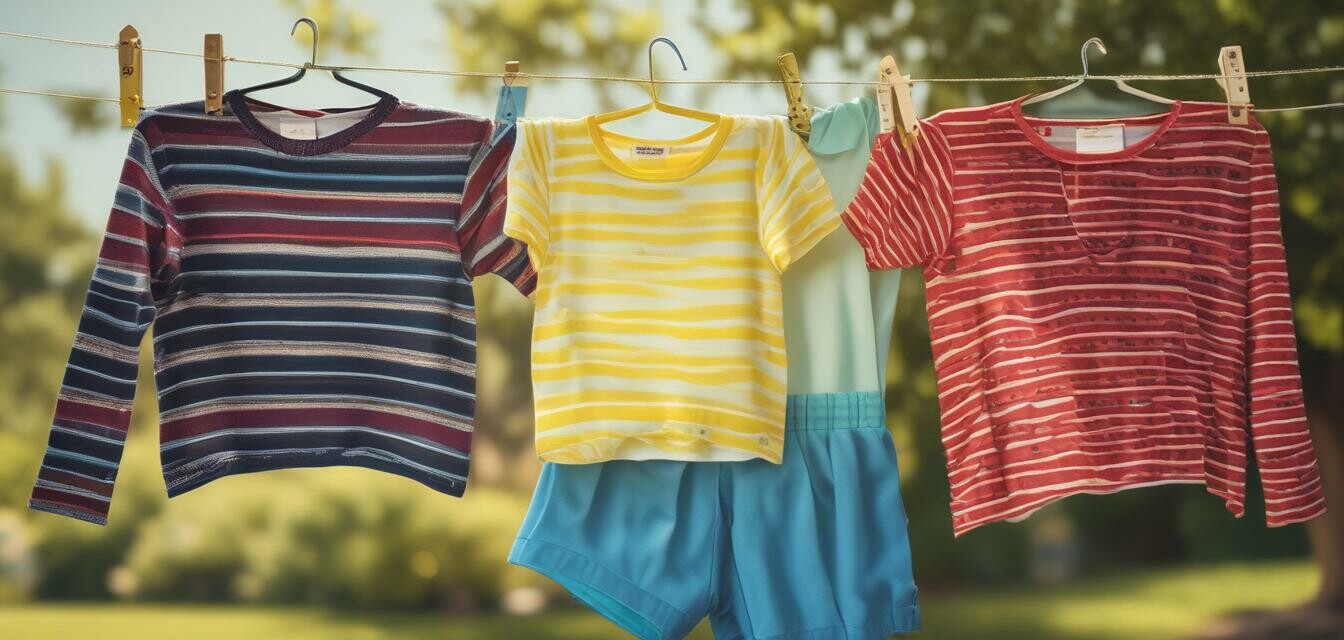
How to layer UV protective clothing for optimal protection
Key Takeaways
- Layering UV protective clothing enhances sun protection and comfort.
- Different fabrics offer varying levels of UPF rating.
- Moisture-wicking and lightweight materials are ideal for hot weather.
- Consider color and fit for better UV blocking.
- Proper layering can help protect sensitive skin and reduce sun exposure risks.
As awareness about the risks associated with sun exposure continues to grow, many people are turning toward UV protective clothing as a reliable solution to safeguard their skin during outdoor activities. Layering this specialized clothing can provide maximum protection while ensuring comfort. In this article, we will explore the best practices for layering UV protective clothing to enhance your sun safety, whether you're at the beach, hiking, or participating in sports.
The importance of layering
Layering UV protective clothing is more than just a style choice; it significantly boosts your protection against harmful UV rays. Here’s why layering is essential:
- Increased UV protection: Each layer can provide additional UPF, enhancing overall protection.
- Temperature regulation: Layers can be added or removed to keep you comfortable as temperatures fluctuate.
- Moisture management: Wicking layers can help keep sweat off the skin, enhancing comfort during intense activities.
Understanding UPF ratings
Before selecting the best layers, it’s critical to understand UPF ratings. UPF (Ultraviolet Protection Factor) is a measure of how much UV radiation can penetrate a fabric. Here’s a quick overview:
| UPF Rating | Protection Level |
|---|---|
| 15-24 | Good |
| 25-39 | Very Good |
| 40-50+ | Excellent |
Best practices for layering UV clothing
When layering UV protective clothing, consider these essential tips:
1. Start with a moisture-wicking base layer
A moisture-wicking base layer helps keep sweat away from your body, maintaining comfort during outdoor activities. Look for fabrics like:
- Polyester
- Nylon
- Merino wool
2. Add a UV-blocking mid-layer
Your mid-layer should provide additional UPF coverage. Opt for:
- Lightweight long-sleeve shirts
- Ultralight jackets
- Pullovers with high UPF ratings
3. Finish with a protective outer layer
For enhanced protection, especially against harsh conditions, incorporate an outer layer. Consider:
- Windbreakers
- Water-resistant jackets
- Wide-brimmed hats
Choosing the right colors and materials
The color and material of your UV protective clothing can further enhance your protection:
- Dark colors: Often provide better UV protection compared to lighter hues.
- Tightly woven fabrics: More effective in blocking UV rays compared to loosely woven alternatives.
- Natural fibers: Cotton blends can also offer good UPF ratings, especially when tightly woven.
Special considerations for children and sensitive individuals
Children and people on medications that increase sun sensitivity should be particularly cautious when it comes to sun exposure. Here are some tips specifically for them:
- Ensure children wear UV protective swimwear when playing in the water during sunny days.
- Opt for clothing with higher UPF ratings for sensitive skin.
- Encourage wearers to stay in shaded areas whenever possible, even while dressed in UV protective gear.
Conclusion
Layering UV protective clothing effectively is a smart strategy for anyone spending extended hours outdoors. With the proper combination of base, mid, and outer layers, you can feel confident in the protection your clothing provides, allowing you to focus on enjoying your outdoor experience. For more helpful tips and guidance, check our other articles in the Health and Safety Tips category.
Pros
- Enhanced protection against UV rays
- Improved comfort during outdoor activities
- Customizable layers for different weather conditions
Cons
- Can be expensive to invest in multiple layers
- Might feel bulky if not layered properly